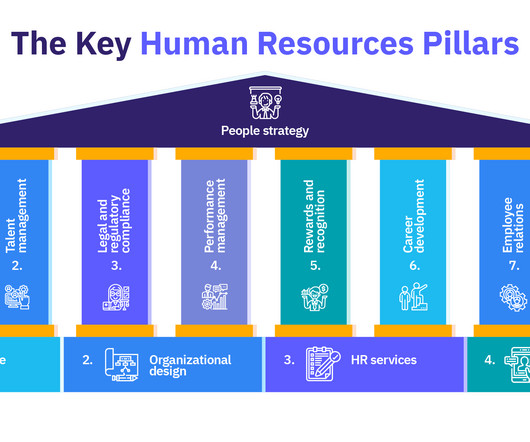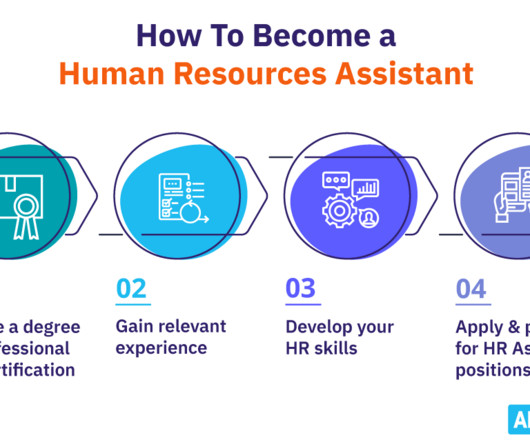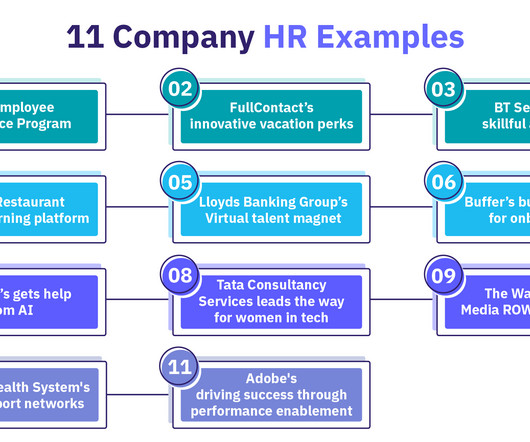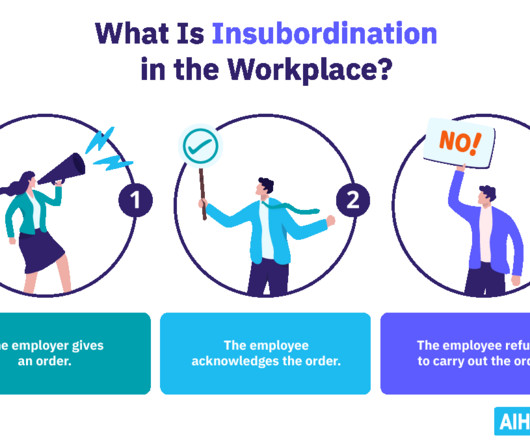Key Human Resources (HR) Pillars: Your 101 Guide
AIHR
MARCH 25, 2024
A department : The HR department manages all HR activities, including recruitment, onboarding, compensation, development, performance management, and employee relations. HR as the workforce : Human resources are essentially the employees of the organization. Provide required training as needed.













Let's personalize your content